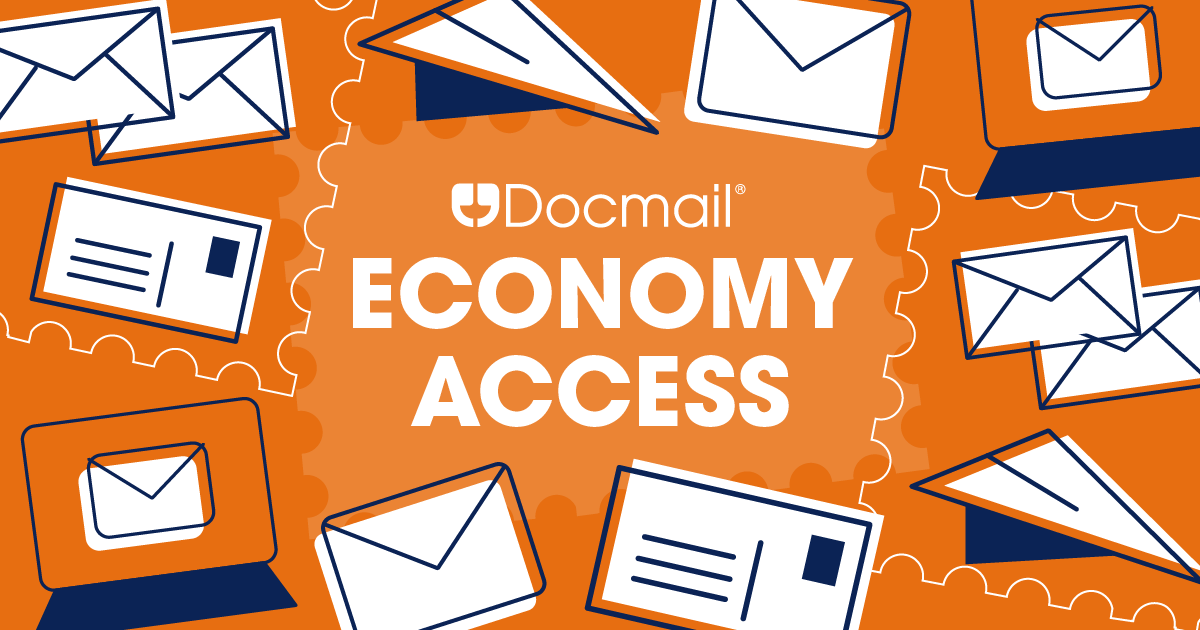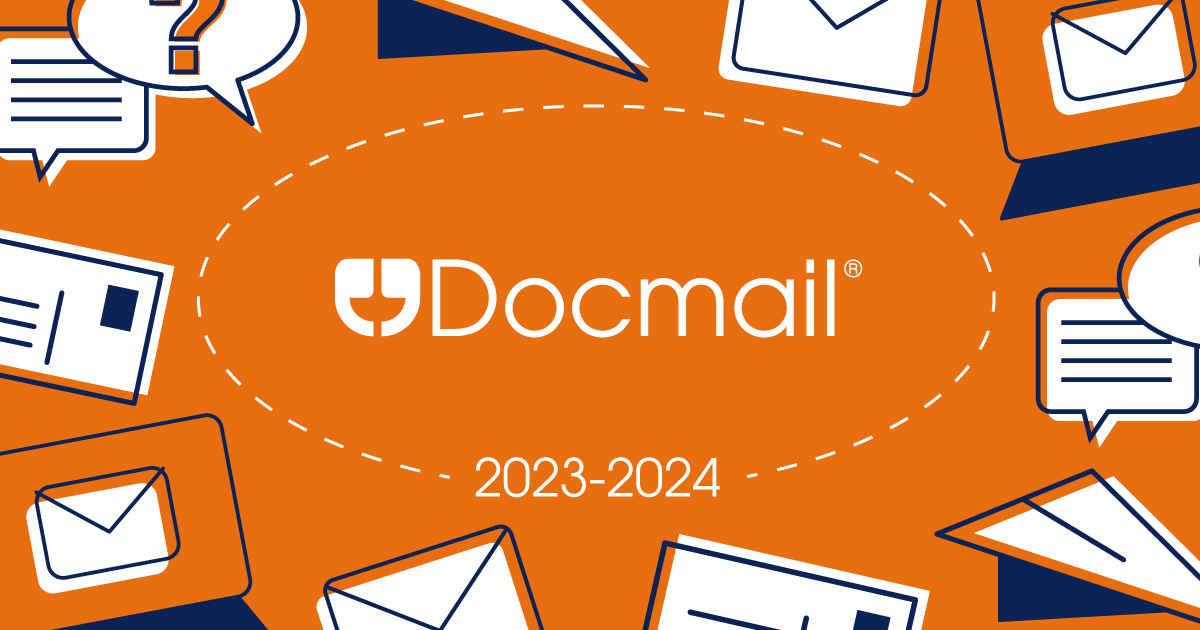There seem to be many myths regarding mail; from it being outdated to its lack of impact and trustworthiness. However, these are just myths as the title suggests.
We’re back again to bust those untrue ideals and tell you why mail is still important, relevant and a chosen method of communication for business. This debunking mailing myths feature focuses on how advances in technology have further enhanced mail as a communication offering.
There are certain things that will always remain timeless (such as the wheel) and this is the case with postal communications or mail.
The first ever letter was sent by Queen Atossa of Persia in 500 BC (Selecta Base, 2020) and the use of mail has continued into the 21st century. No matter what, it has been a reliable communication solution for over two and a half thousand years!
The letter sent by the Queen of Persia was handwritten, but now we have the ability to send a wide variation of documents, including postcards, flyers, booklets and cards. The advances in technology also offer integrated labels, peel-out cards, pin codes and much more.
What’s more, how we produce mail is no longer by hand (the majority of the time), there are specialised companies and technology equipment that allows for postal communications to be printed, produced online or sent digitally, such as hybrid mail.
As time has progressed so has mail and how we produce it, it is likely that this form of communication will continue to evolve along with our requirements.
Despite the myth, mail can in fact be used to target customers and actually, it’s probably the best way to do so.
Advances in technology have led to improvements in tracking and targeting, which has enabled companies to find out more about their customer's demographics and what matters to them most, meaning it’s never been easier for marketers to target an audience, using any method of communication, including mail.
However, although this means businesses are able to target their consumers in specific groups using technology, it’s never been harder to make a message cut through, and mail has proven to be a great way to do this.
A 2020 JICMAIL study showed that letters have a more powerful impact on long-term memory encoding - 35% stronger than social media and 49% stronger than email, making it the perfect communication solution when targeting customers.
Another myth is that some believe because technology is being used by almost everyone in this day and age, having a website alone is enough. However, this isn’t true for most companies. Although you have a website, this doesn’t guarantee traffic and thus the results you are aiming to achieve.
A Market Reach study (2021) found that mail is a valuable tool for the digital marketer as it has shown its value in driving online traffic, with a 70% YOY (year on year) increase. Market Reach also found that digital actions prompted by mail are continuing to grow - with digital response rates going from 6.5% in 2019 to 8.7% in 2020.
By utilising this communication solution, you are able to drive your target audience online to your website. This pushes your clients through the sales funnel as you direct them online where sales can be finalised.
It’s a common misconception that sending letters to your recipients doesn’t have much impact, but this isn’t true, in fact, it has a huge impact as it is a tangible touchpoint.
In a technology-heavy world that is dominated by digital advertising, companies are having to constantly battle to get their messages seen. But when sending letters, the power of touch can make a huge difference. The use of a physical document allows recipients to have the message materialised and is something that they can keep going back to.
Data from JICMAIL (2020), shows that addressed mail is interacted with four times more and that 31% of all addressed advertising mail leads to a commercial action such as visiting a sender’s website or making a purchase, proving that it does have an impact on those who receive it.
A Market Reach Study (2021) showed that 87% of people trust mail and consider it believable making it more of a reliable and trustworthy form of communication in this day and age.
In 2020, there was a 32% increase in investment scam cases and victims who were tricked into paying money in online scams almost doubled to over 39,000 cases (UK Finance, 2021). Sadly, showing that it’s getting increasingly harder to trust online communications. But this isn’t the case for all online communications. Many companies recognise the security scams so many are facing and because of this, a lot of companies now have security at the forefront of what they do and many e-delivery services have tighter security than ever.
Read our first version of this series: ‘Effective business communication: Debunking Mailing Myths’.
Want to find out more about hybrid mail? Visit our hybrid mail page.

Structured Credit Communications For Leading Agri-Food Organisation
Surrey County Council Sought to Optimize Print/Post Services Across Departments. We Helped Transform Their Services With Our Industry Expertise.
The block management software providers at Blocks Online experienced considerable growth upon integrating a reliable mailing method and API connection.
Keen to adopt a more efficient way of printing, packing and posting their time-sensitive paper communications, High Mill has embraced the Docmail Print Driver.
Simplified Patient Communication For Lung Health Check Programme






Fife-based Electricity Asset Services, specializing in electrical and civil engineering, employs CFH's Docmail system for improved communication with Scottish Power and staff.
















